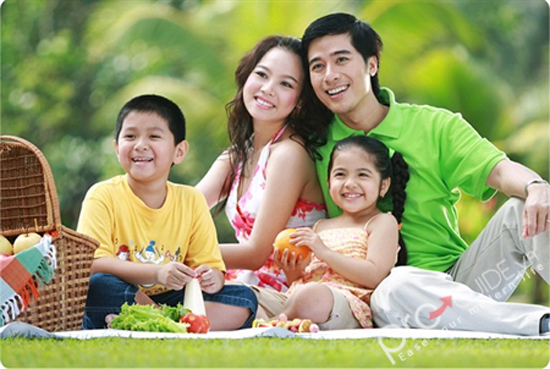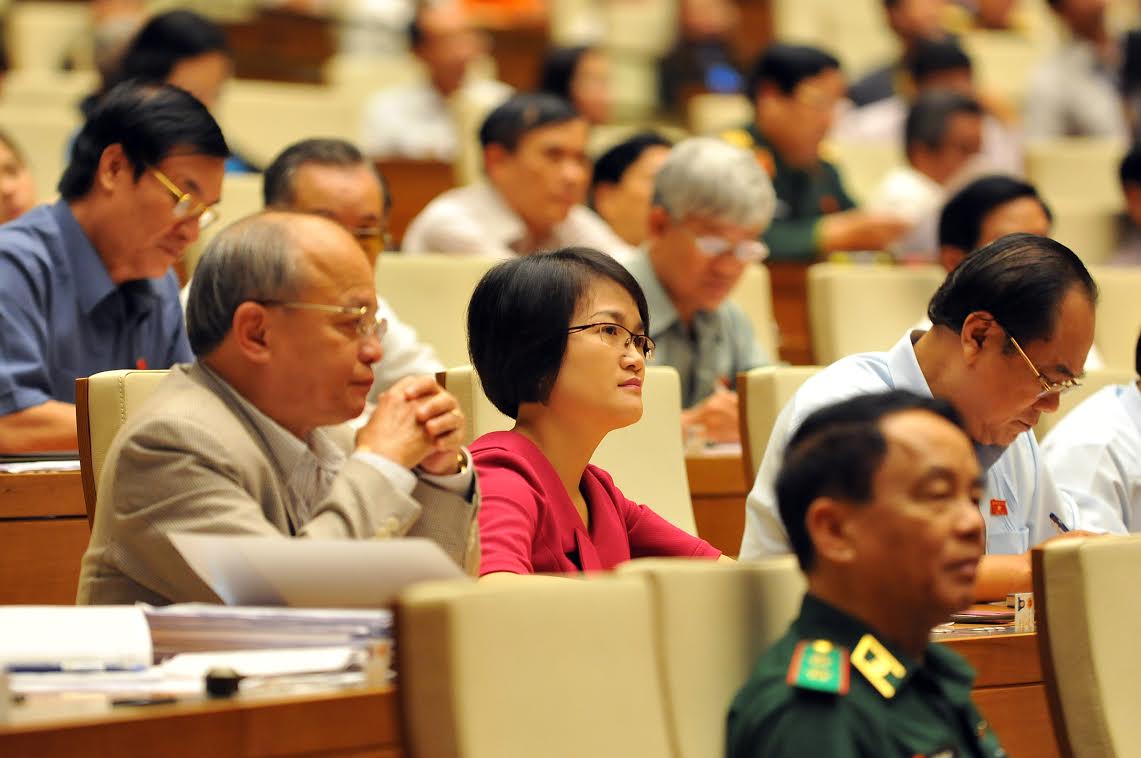On June 19, 2014, the National Assembly passed the Law on Marriage and Family to replace the Law on Marriage and Family of 2000, which took effect from January 1, 2015. The Law on Marriage and Family of 2014 inherits the Law on Marriage and Family of 2000 and includes several new provisions.

Basic Principles of Marriage and Family Policies
There are 5 basic principles of marriage and family policies in our country stipulated in Article 2 as follows:
“1. Marriage is voluntary, progressive, monogamous, and spouses are equal.
Marriages between Vietnamese citizens of different ethnicities, religions, between religious and non-religious individuals, and between Vietnamese citizens and foreigners are respected and protected by law.
Building a prosperous, progressive, happy family; family members have the duty to respect, care for, support, and help one another; there is no discrimination among children.
The State, society, and families have the responsibility to protect and support children, the elderly, and persons with disabilities in exercising their rights regarding marriage and family; help mothers fulfill the noble functions of motherhood; and implement family planning.
Inheriting and promoting the good cultural and ethical traditions of the Vietnamese people regarding marriage and family.”
The five basic principles of marriage and family policies mentioned above are stipulated in the Law on Marriage and Family for all individuals and organizations to be aware of and properly implement.
On Childbearing Using Assisted Reproductive Technology
According to Clause 21, Article 3 of the Law on Marriage and Family 2014, childbearing using assisted reproductive technology is the act of having a child through artificial insemination or in vitro fertilization.
Childbearing using artificial insemination or in vitro fertilization has existed for many years. However, it was not until 2014 that our country's law recognized childbearing using assisted reproductive technology as legal and regulated in the Law on Marriage and Family.
The determination of parentage for children born through assisted reproductive technology is regulated in Article 93 of the Law on Marriage and Family 2014 as follows:
"In the case where the wife bears a child through assisted reproductive technology, the determination of the father and mother shall be applied according to the provisions of Article 88 of this Law."
The provisions of Article 88 of the Law on Marriage and Family 2014 on determining parentage for children are as follows: “Children born during the marriage or children conceived by the wife during the marriage period are considered to be the common children of the couple. Children born within 300 days from the termination of marriage are considered children conceived by the wife during the marriage period. Children born before the day of registration of marriage and acknowledged by parents as their common children are deemed as common children of the couple. In cases where the parents do not acknowledge the child, evidence must be provided and it must be determined by the court."
Clause 3 of Article 93 of the Law on Marriage and Family 2014 also stipulates that in the case a single woman has a child through assisted reproductive technology, she is the mother of the child born.
Surrogacy
In recent years, the media has reported on non-commercial and commercial surrogacy which has led to disputes regarding assisted reproduction, the delivery of the child to the party who requested the surrogacy, and the determination of the parentage of the child born through surrogacy, but there were no legal grounds for resolution. This is a social life issue that needs legal regulation for both the surrogate mother and the party requesting the surrogacy to feel secure. The Law on Marriage and Family 2014 has addressed surrogacy with two cases.
Case 1: Humanitarian surrogacy. According to Clause 22, Article 3 of the Law on Marriage and Family 2014: Humanitarian surrogacy is "an arrangement in which a woman voluntarily bears a child for a couple where the wife cannot conceive and give birth even when assisted reproductive techniques are applied, by using the wife's ovum and the husband's sperm for in vitro fertilization which is then implanted into the woman's uterus to carry the pregnancy and give birth."
Case 2: Commercial surrogacy. According to Clause 23, Article 3 of the Law on Marriage and Family 2014: Commercial surrogacy is "an arrangement where a woman carries a pregnancy for another person using assisted reproductive techniques for economic gain or other benefits."
Thus, according to the provisions of Articles 88, 93, and 94 of the Law on Marriage and Family 2014, there are three types of legally recognized children: Natural born children within the period specified in Article 88 of the Law on Marriage and Family 2014; children born through assisted reproductive technology (the determination of parentage for these children follows the provisions of Article 88 of the Law on Marriage and Family 2014); children born through humanitarian surrogacy (the determination of parentage for children born through humanitarian surrogacy is carried out according to the provisions of Article 94 of the Law on Marriage and Family 2014).
The basis to distinguish between children born through assisted reproductive technology and children born through humanitarian surrogacy is stipulated in Clauses 21 and 22 of Article 3 of the Law on Marriage and Family 2014.
(To be continued)
Source: congly.vn
 Article table of contents
Article table of contents









